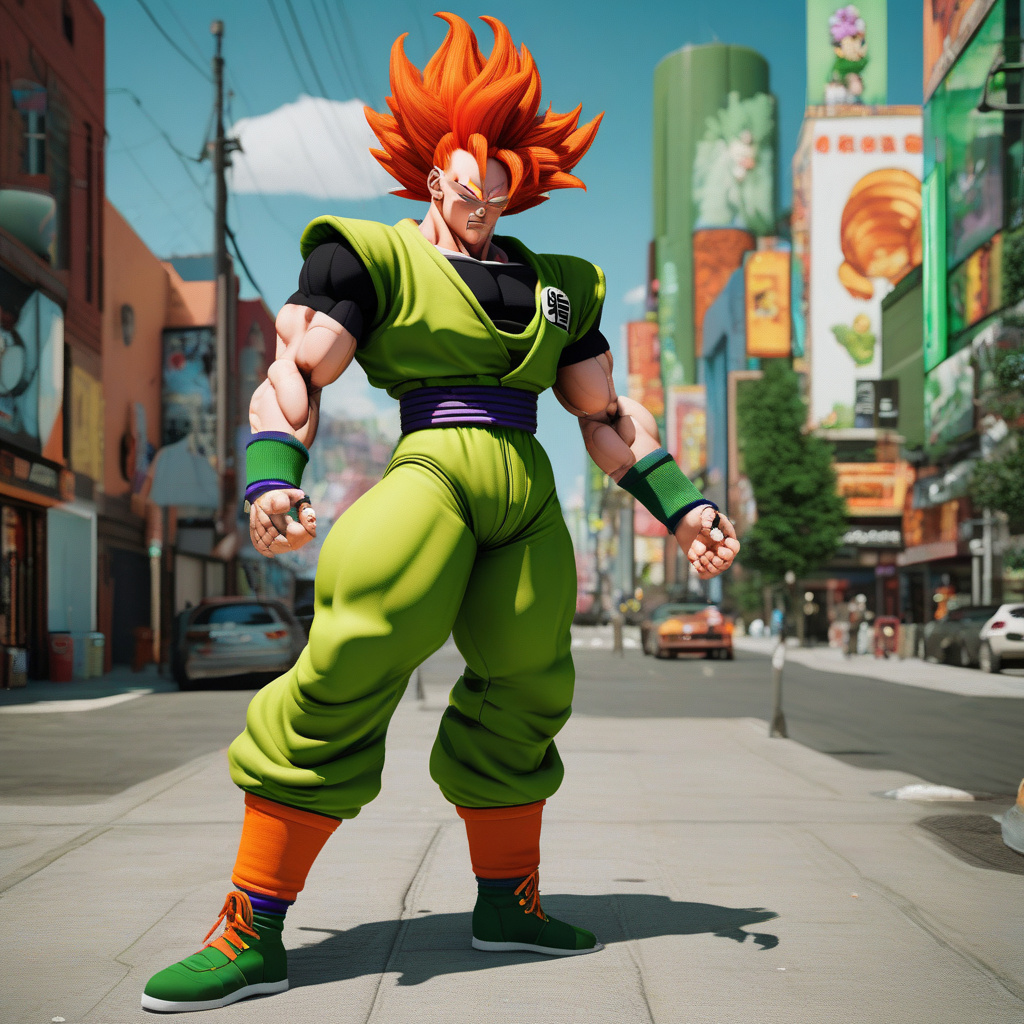Android 16: A Bold Move or a Misstep?
Android 16 is on the horizon, promising a fresh look and feel with its new ‘Material 3 Expressive’ design. Google’s aim is clear: to captivate the Gen Z audience by making devices more personalized and emotionally engaging. While this strategy might appeal to the younger demographic, it raises concerns among seasoned users like myself.
If it ain’t broke…
Google’s push for a more “expressive” Android 16 design seems unnecessary. The success of ‘Material You’ in Android 15 already struck a balance between customization and usability, making it a hit with users. By excessively focusing on expressiveness in Android 16, Google risks sacrificing the simplicity that has been a hallmark of the Android experience.
One of the key reasons behind the popularity of Pixel phones is their user-friendly interface. The minimalist approach has been a selling point, offering a seamless user experience without overwhelming users with unnecessary flair. However, Material 3 Expressive’s vibrant colors and flashy animations may compromise this simplicity.
What about consistency?
While Material 3 Expressive impresses visually, the challenge lies in ensuring a consistent experience across all devices. Pixel phones are likely to showcase this design cohesively, but third-party apps may lag behind in adopting these changes. This disparity in design language could lead to a disjointed user experience, especially for those who rely heavily on non-Google apps.
Major players like Samsung, Xiaomi, and Oppo, with significant market shares, might not fully embrace Google’s design vision. This divergence could further fragment the Android ecosystem, creating inconsistencies in user interfaces across different devices.
What about older people?
Google’s focus on appealing to younger users with expressive design might alienate its existing user base, particularly older demographics. While the allure of expressive design resonates with the younger generation, older users may find it overwhelming or unnecessary. The risk of losing loyal users who prefer a more traditional interface is real, potentially driving them towards other brands like Samsung’s One UI.
In the competitive landscape of smartphone preferences, design alone may not be the deciding factor for users, especially when considering the entrenched ecosystems of Apple devices. Google’s gamble with Material 3 Expressive could backfire, leading to a loss of trust and user loyalty among older Android users.
In conclusion, while Google’s attempt to attract a younger audience with Android 16’s expressive design is ambitious, it poses challenges in maintaining consistency and catering to the diverse preferences of its user base. The shift towards flamboyant design elements may alienate longtime users and create a divide in the Android community. As Android 16 approaches its release, only time will tell if this bold move pays off or if it alienates a significant portion of its user base.

